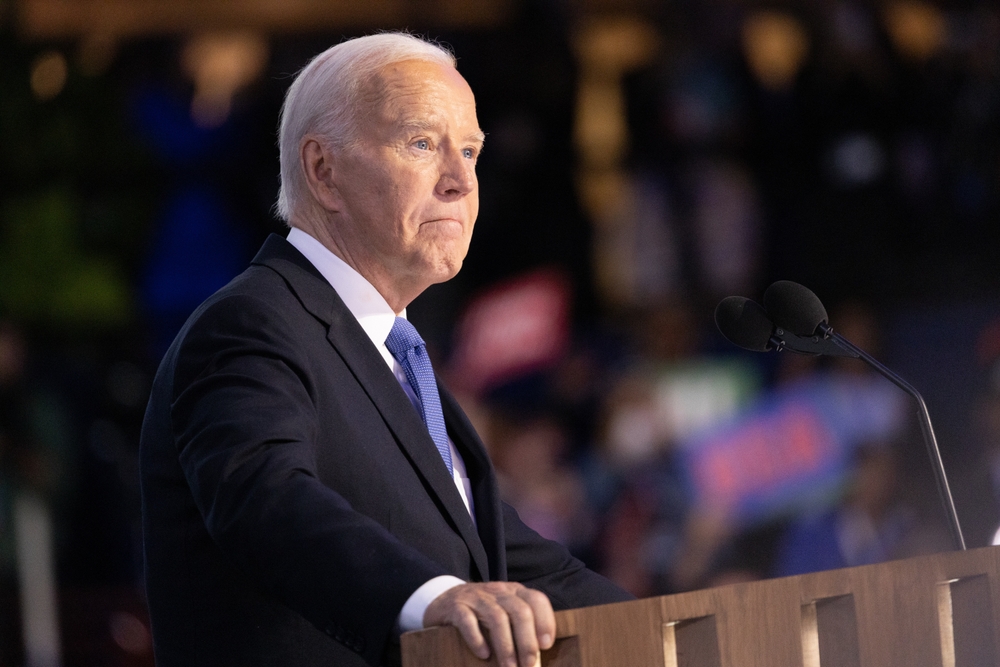Biden’s Presidential Term Ends with Record Job Growth but Mixed Economic Signals
Friday’s jobs report marked the 48th and final monthly employment update of President Joe Biden’s presidency, highlighting significant labor market improvements. Biden touted the term as featuring the “strongest” job growth in U.S. history. However, while the numbers reflect progress, the pandemic rebound and inflation complicate the overall narrative of economic success.
Key achievements in Biden’s labor market
During Biden’s presidency, the labor market saw substantial gains:
- Employment growth: The number of employed Americans grew from 142.5 million in December 2020 to 159.5 million last month, representing a 12% increase in nonfarm jobs.
- Unemployment decline: The unemployment rate fell by 2.6 percentage points, dropping from 6.7% to 4.1%, marking the best end-of-term jobless rate since Bill Clinton’s presidency.
- Wage increases: Average hourly wages rose from $29.84 to $35.69 over four years, reflecting a 19.6% increase.
- Labor force participation: The participation rate edged up from 61.5% to 62.5%, indicating more Americans joined or returned to the workforce.
The pandemic’s lingering impact
While the labor market rebounded during Biden’s presidency, comparisons to pre-pandemic levels present a more nuanced picture:
- Unemployment context: Though the jobless rate improved from December 2020, it remains above the 3.5% level seen in February 2020, just before the pandemic caused widespread job losses.
- Employment growth baseline: The total number of workers in December 2024 is only 5% higher than February 2020, far below the 12% growth during Biden’s term.
- Labor force trends: Despite gains, the participation rate remains below its February 2020 level of 63.3%, continuing a decades-long downward trajectory.
As Martha Gimbel, a former senior member of Biden’s Council of Economic Advisers, noted: “Covid is weird, and it makes comparisons weird.”
Inflation offsets wage gains
One of the more troubling economic factors during Biden’s presidency was inflation, which eroded the impact of rising wages:
- Inflation rate: From December 2020 through November 2024, the consumer price index (CPI) increased by 20.8%.
- Wages vs. inflation: While hourly wages rose by 19.6% over the same period, the higher inflation rate meant that real purchasing power for many workers remained stagnant or declined.
Presidential influence on the labor market
Though labor market health is often a key metric for evaluating presidential performance, experts caution against overstating the president’s role. Economic trends are shaped by numerous factors beyond White House policy, including global events and long-term structural changes.
Biden and former President Donald Trump frequently debated the labor market’s state on the campaign trail. Biden emphasized headline job growth, while Trump dismissed gains as a pandemic rebound, even falsely attributing the growth to illegal immigration. Data from the Labor Department revealed that foreign-born workers grew by 20% during Biden’s term, compared to a 5% increase for native-born workers. However, the survey does not track immigration status.
Conclusion
Biden’s presidency ends with significant improvements in employment, wages, and unemployment rates, though inflation and the pandemic’s lingering effects temper the overall optimism. As the labor market transitions into President-elect Donald Trump’s term, the challenge will be maintaining growth while addressing the complexities of inflation and workforce participation.







